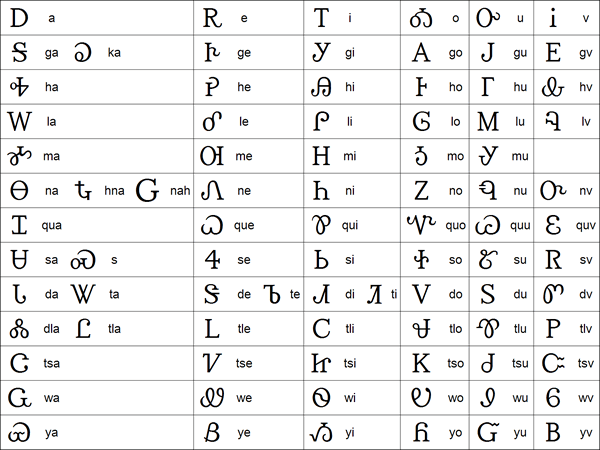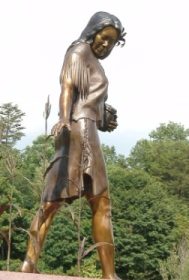The Cherokee Advocate.
The official newspaper of the Cherokee Nation since its founding in 1977. Monthly with a circulation of 95,000.
Cherokee Observer.
Independent monthly newspaper.
The Cherokee One-Feather.
The official publication of the Eastern Band of Cherokee Indians featuring news of interest to the local Cherokee tribe and to American Indians in general.
Cherokee Tribune.
Community weekly newspaper founded in 1934.
Journal of Cherokee Studies.
Covers historical and cultural research of Cherokees.
Cherokee Nation of New Jersey.
Founded in 1997. Seeks to educate people about the American Indian who is of African, Hispanic, Asian, and European mix, and to foster goodwill.
Casinos
In 1988, the U.S. Congress passed the Indian Gambling Regulatory Act, which allowed federally-recognized tribes to open casinos on tribal property, but limited the casino offerings to games that were already allowed under state law. This opened the door for the Cherokee to build a casino in western North Carolina. On November 13, 1997, the first major casino in North Carolina opened on the reservation of the Eastern Band of Cherokee Indians in the western part of the state. The opening was the culmination of nearly a decade's worth of negotiation and compromise between tribal, state, and federal officials.

On opening day, the casino's first visitors waited in line outside no matter what the condition of the weather was and waited for hours just to get inside of the casino. As the day went on the crowd grew so large that they needed to make a public appeal for people to stay away. The casino's popularity has remained steady, earning $155 million in annual payouts in 2004, which provided $6,000-dollar annual bonuses to every member of the tribe.
November 1997 -- Cherokee Casino Opens
University of North Carolina
http://www.lib.unc.edu/ncc/ref/nchistory/nov2007/index.html
Cherokees
Gale Encyclopedia of Multicultural America
http://www.encyclopedia.com/topic/Cherokees.aspx












